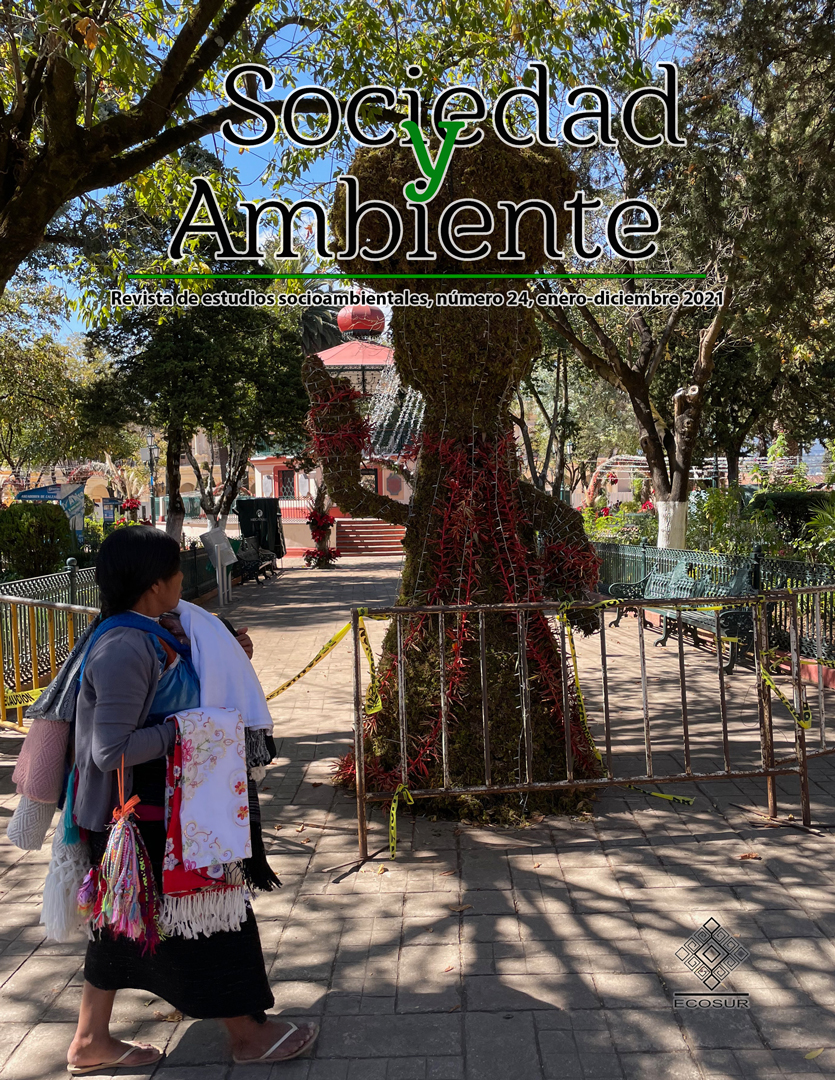Abstract
We present state of art in the conservation of archaeological heritage in protected natural areas in Uruguay. Ten years have passed since the implementation of the National System of Protected Areas (SNAP, by its initials in Spanish) and the declaration of the first areas; however, although cultural values are part of the objectives associated with conservation, there is still little progress in this matter. The objective of this article is to contribute to the development of a national strategy for the integration of cultural heritage to the conservation of natural heritage through a synthesis of the existing antecedents, regulations, and technical documents concerning the inclusion and handling of the management, protection, and conservation of archaeological heritage within the protected areas of the SNAP. Six approved management plans are analyzed, and we verified that, in only two, the heritage is a focal object. The trend towards greater inclusion is evident, although not a unique and unified criterion within the system. The introduction of the concept of cultural landscape within the protected area of Laguna de Rocha's planning enables the necessary inclusion of heritage within the sectoral policies for the environment and territorial development.

Sociedad y Ambiente by ECOSUR is licensed under a Creative Commons Reconocimiento-NoComercial-SinObraDerivada 2.5 México License


